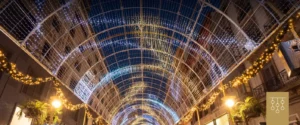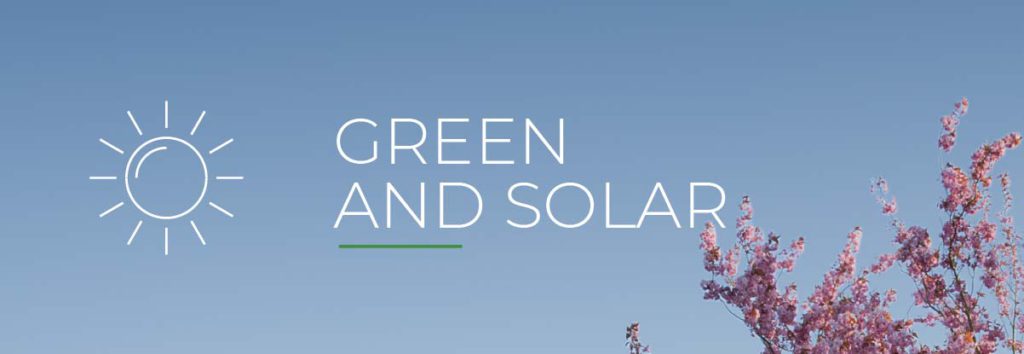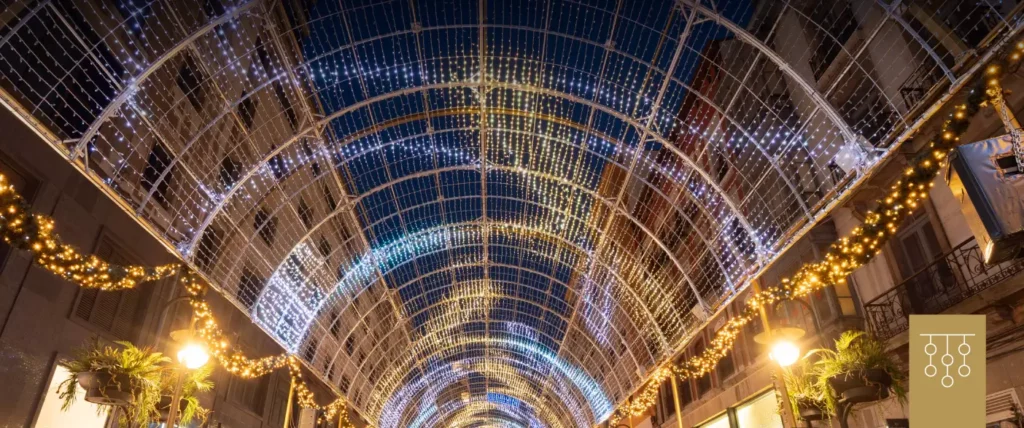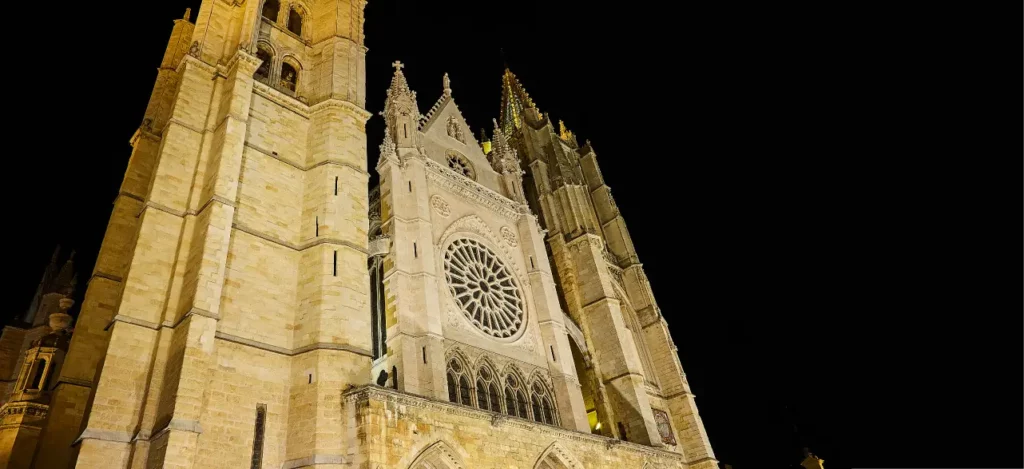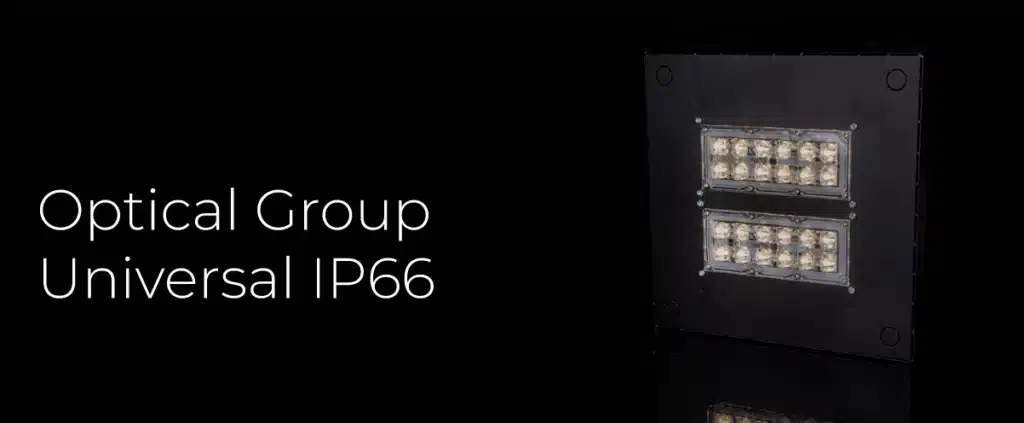Since 1988, with the introduction of Law 31/1988 on the Protection of the Astronomical Quality of the Observatories of the Institute of Astrophysics of the Canary Islands, commonly known as the “Law of the Sky”, the manufacturers of outdoor lighting fixtures have been awareness of the polluting effects (at the light level) that the different light spectra have depending on the color temperature, emission to the upper hemisphere, type of light source, etc.
To complete our available options to meet the most restrictive regulatory conditions, we present the AVATAR solution with AMBER diffuser option. The main objective is to filter out the undesirable area of the spectrum allowing us to comply with regulations by taking advantage of the latest developments in luminous flux of high power 3535 LEDs with ceramic base. This makes it possible to increase the power of traditional PCA LED luminaires, improve the flux and optimize their cost.
The new AVATAR solution with amber diffuser option provides benefits to the installation such as:
- For AVATAR 12 leds we reach 2511lm increasing a 41% over the maximum flux, to AVATAR 24 leds we reached 4922lm increasing 42% over the maximum flux, to AVATAR L 48 leds we reach 9117lm increasing 35% over the maximum flux and for AVATAR XL 64 leds we achieve 10461lm by increasing 10% over the maximum flux.
- Thanks to the 152.8W AVATAR XL, we have in our catalog the highest luminous flux available for this spectrum.
- With the incorporation of the PC-amber filter, together with high-power ceramic-based LEDs as the light component, we improve the flux capabilities delivered by pure PC-amber LEDs.
- This solution makes it possible to circumvent possible failures in the supply of raw materials caused by the component crisis.
- The PC Amber filter will allow us to have in the market a luminairewith IAC compliance, regulations of the GENERALITAT DE CATALUNYA and SPECTRAL INDEX G of ANDALUSIA. as well as access to contests where having a filtered tonality is required.
When we talk about light pollution generated by artificial lighting, without going into the technical complexity and in a very summarized way, we understand it as the interaction that occurs between certain wavelengths present in the lighting systems with the environment and the surrounding biodiversity. In order to avoid such contamination as far as possible, we must adopt measures such as limit as much as possible the emission of luminous flux to the upper hemisphere and optimize luminous emission in the blue part of the spectrum (which suffers most from RAYLEIGH scattering in clean air and MIE scattering in aerosol air).
In order to make regulations understandable to citizens and applicable by technicians and public administration managers, in Spain, we have several regulations, among them:
- Royal Decree 1890/2008. Regulation of Energy Efficiency in Outdoor Lighting Installations. (together with its corresponding ITC).
- Law 31/1988 on the Protection of the Astronomical Quality of the Observatories of the Instituto de Astrofísica de Canarias.
- DECREE 190/2015, of August 25, on the development of Law 6/2001, of May 31, on the environmental management of lighting for the protection of the night environment. Generalitat de Catalunya.
- Law 7/2007 of July 9, 2007 on Integrated Environmental Quality Management. Andalusia. And the subsequent addition of the SPECTRAL INDEX G.
All of them, with minor variations, limit the “blue” content in the luminaire’s color spectrum and how much light they emit to the upper hemisphere.
From PRILUX we want to facilitate your decision making when compliance with any of these regulations is required, both in new works and in replacement or maintenance of what is already installed, so we offer you a table of compliance depending on the characteristics of the LED used.



